Like pretty much everything else in 2020, influencer marketing has changed. COVID has impacted not just the behaviour of consumers, influencers and brands, but also the relationships between all three.
Here's 5 reasons that you should definitely consider an influencer marketing campaign in 2021.
1. More time online
In April, Global Web Index reported that 80% of UK consumers said they were consuming more content since the COVID outbreak.* Ofcom's Online Nation 2020 report confirmed that in April, UK adults on average spent a record 4 hours and 2 minutes online - 37 minutes more than in January 2020.**
More recently, TalkTalk saw one of its highest ever network traffic days on 5 November - the first day of the UK's second nationwide lockdown. This was followed, on 10 November, by the TalkTalk's highest ever peak.
When consumers are spending one-quarter of their waking hours online, you can't afford to lose the opportunity to reach them there.
2. More shopping online
And consumers aren't just working, watching and browsing online - they're shopping there too. Google UK reports "a strong shift towards online purchases in 2020", especially in fashion, home and consumer electronics. This was matched by an increase, particularly among shoppers aged 45+, in online research to support purchases.***
Considering that as many as 40% of consumers have purchased an item online after seeing a social influencer use it, it's even more important in a time of increased online shopping that influencers help bridge the gap between brands and consumers - especially in traditionally 'try before you buy' sectors like beauty.
3. What's popular?
The kind of content that people are looking for - and the influencers sharing it - has shifted too. YouTube has reported on COVID-related trends, particularly those connected to an increased amount of time spent at home.^ For instance, at the end of March, YouTube observed a 515% increase in average daily views of videos with 'home workout' in the title since the middle of the month. Viewing numbers also indicated an increased focus on learning new things, 'do it yourself' tutorials (e.g. cutting your own hair), comfort food and wellbeing.
Data platform Influencer Intelligence has explained that since COVID, consumers are looking for helpful, informative, solutions-based content, advising that: "brands should be engaging with those content creators who have influence through talent, knowledge or expertise rather than just a following."^^
4. Consumers seeking authentic brand connections
During the pandemic, audiences have begun to put more emphasis on trust and authenticity, and recoiled from overt sales pitches. This has driven opportunities for nano-influencers, who are perceived by followers as more approachable, more authentic and less commercially driven than influencers with larger followings.
5. Brands seeking better value
Despite an overall tightening of advertising budgets, and a consequential reduction in spend on influencers, the industry is not losing faith in Influencer Marketing. Rather, they're pursuing better-value campaigns (and more authentic connections - see no. 4 above) by shifting to micro- and nano-influencers. This is a smart move - according to influence.co, influencers with between 2,000 and 5,000 followers achieve an average engagement rate of 6%; for influencers with over 1 million followers, the average rate drops to 1.5%.
Now more than ever, it's the perfect time to include influencers in your marketing mix. At N2O, we make social real, with intense, genuine experiences that make influencers love your brand - and tell people about it - for real-world results that really matter. To discuss or book your next campaign, or simply to find out more, email our influencer marketing pro, Sally Macmillan.
Sources:
*GWI Coronavirus Research, Series 4: Media Consumption and Sport
**Ofcom, Online Nation 2020 Report, ofcom.org.uk
***Think with Google, August 2020, 8 ways consumers in the U.K. adapted their shopping behaviour this year
^YouTube, June 2020, YouTube During COVID-19
^^Influencer Intelligence, What COVID-19 Means for Influencer Marketing







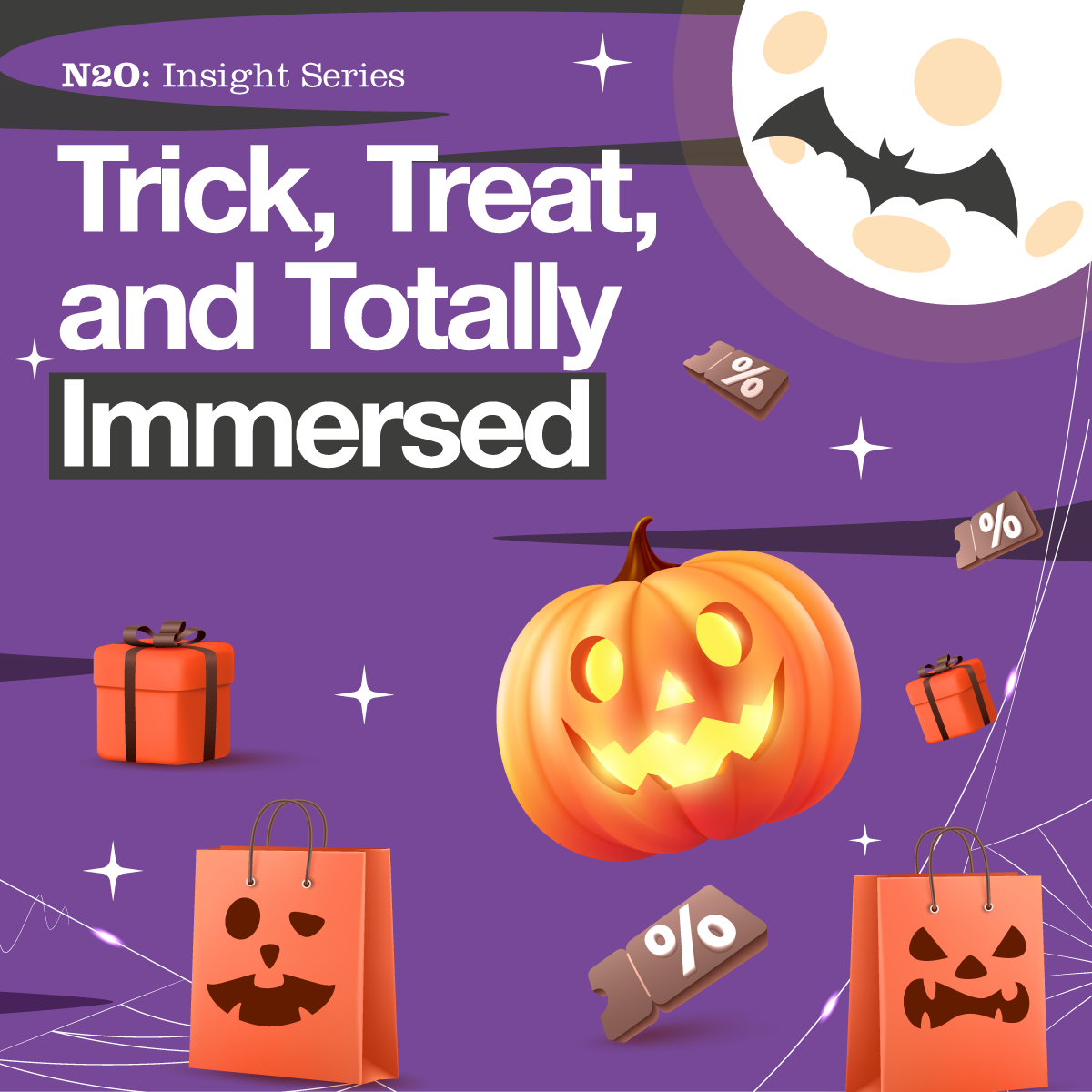
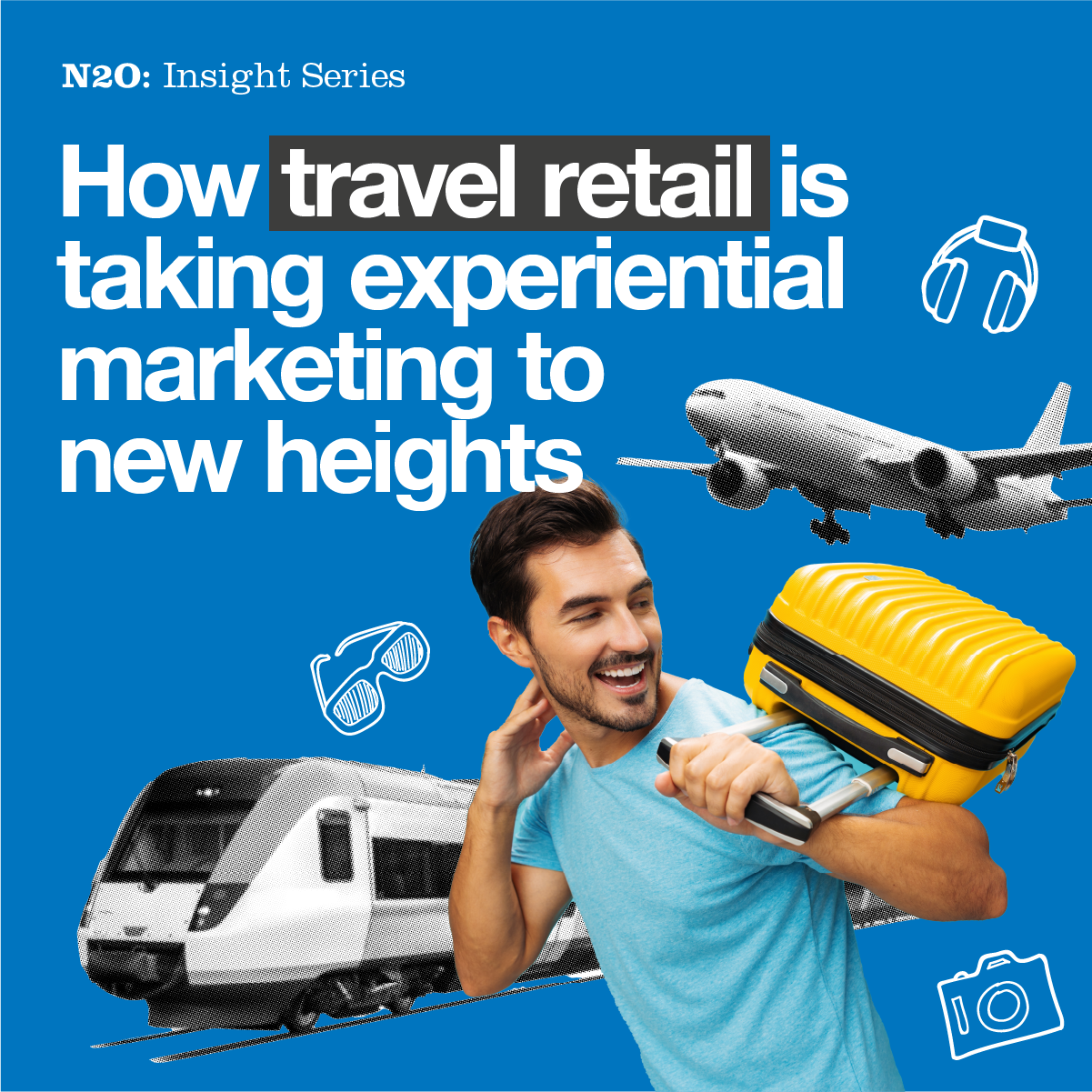

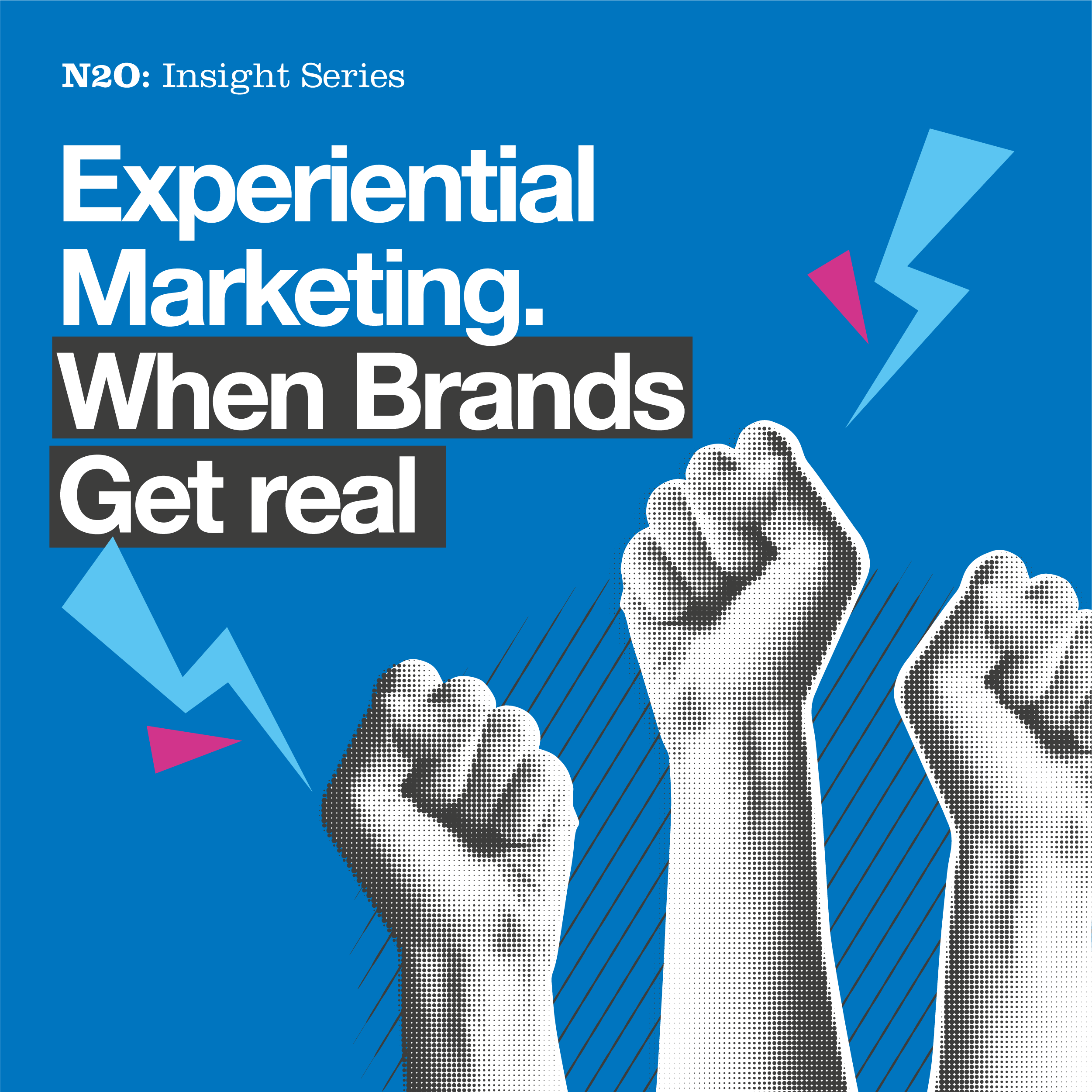


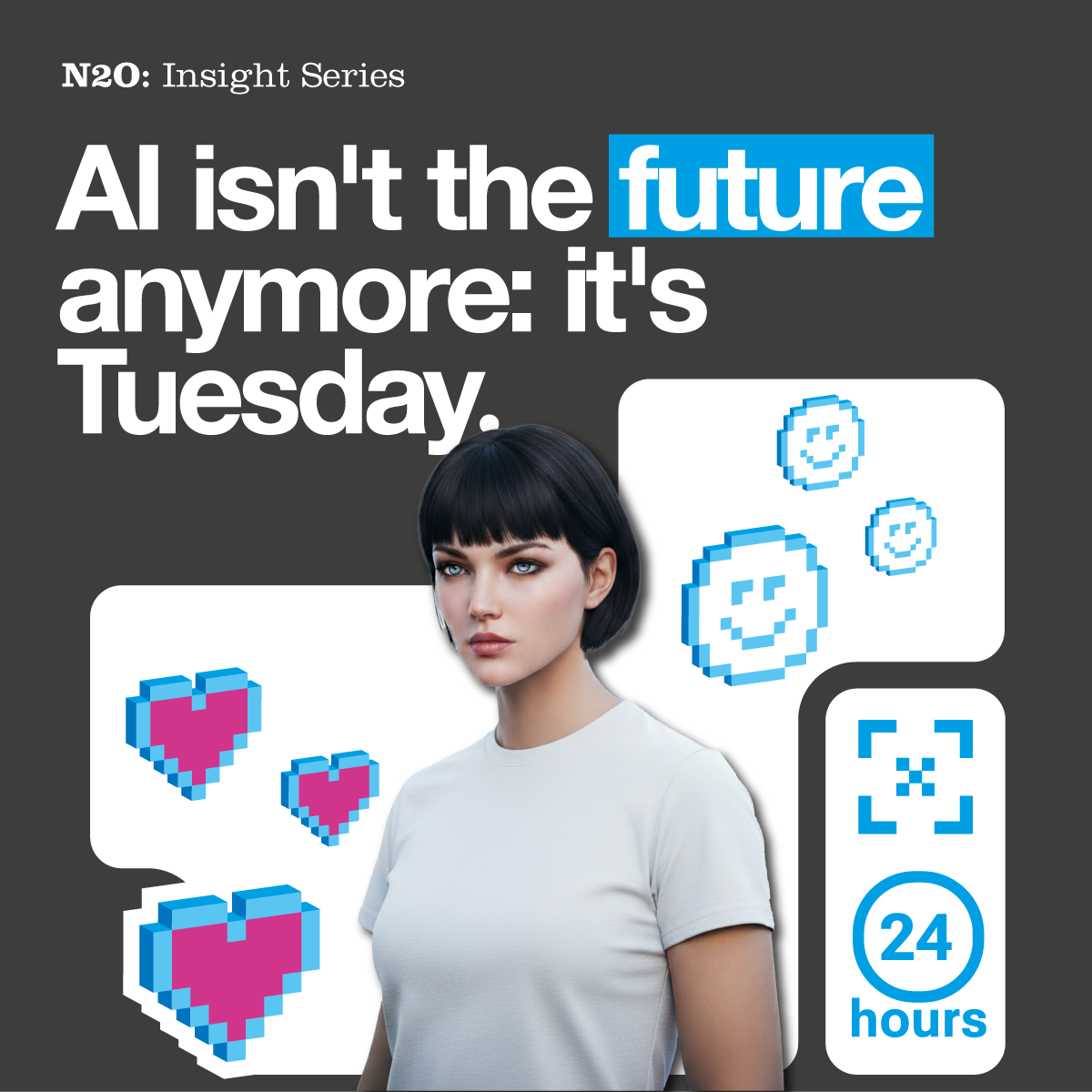


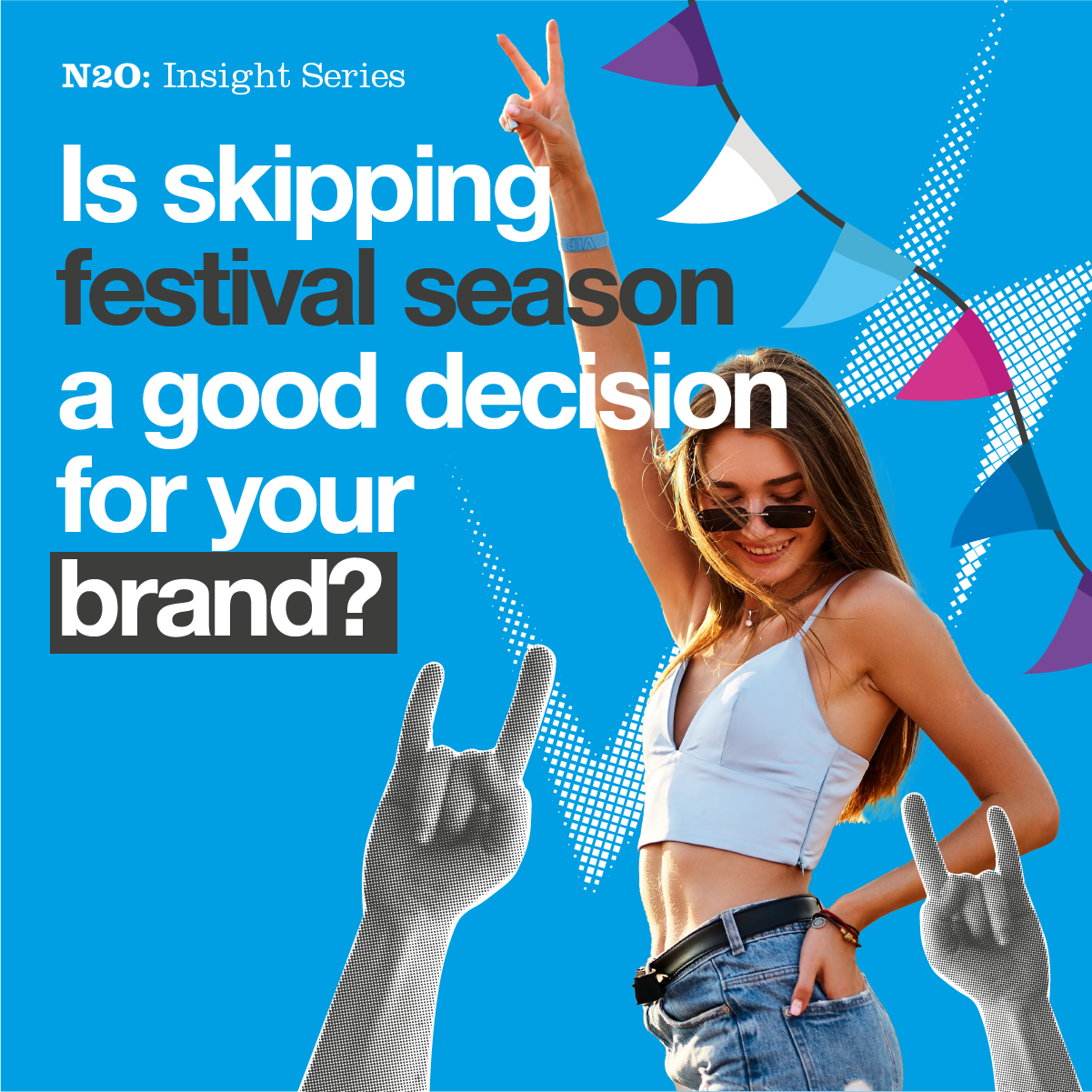



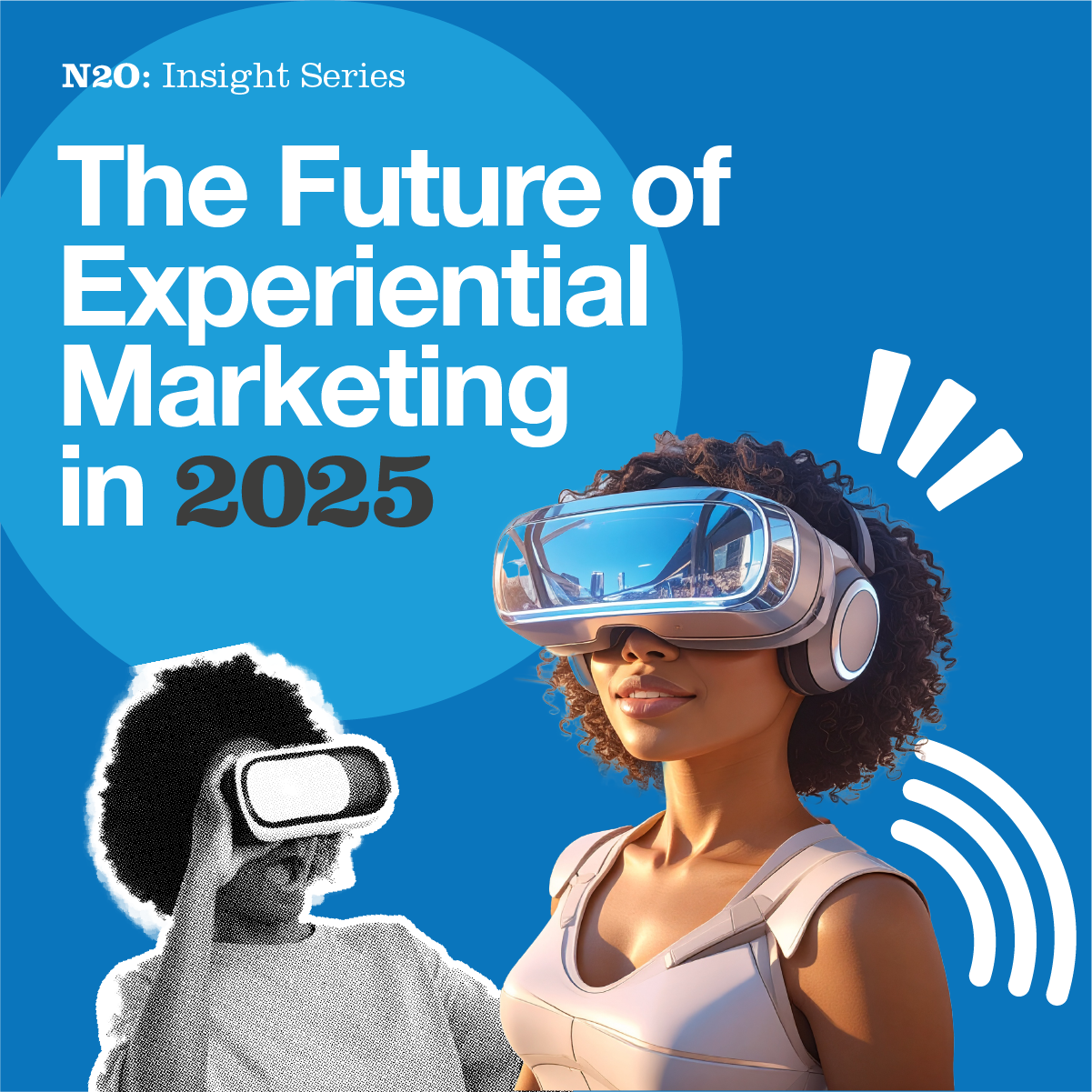
































































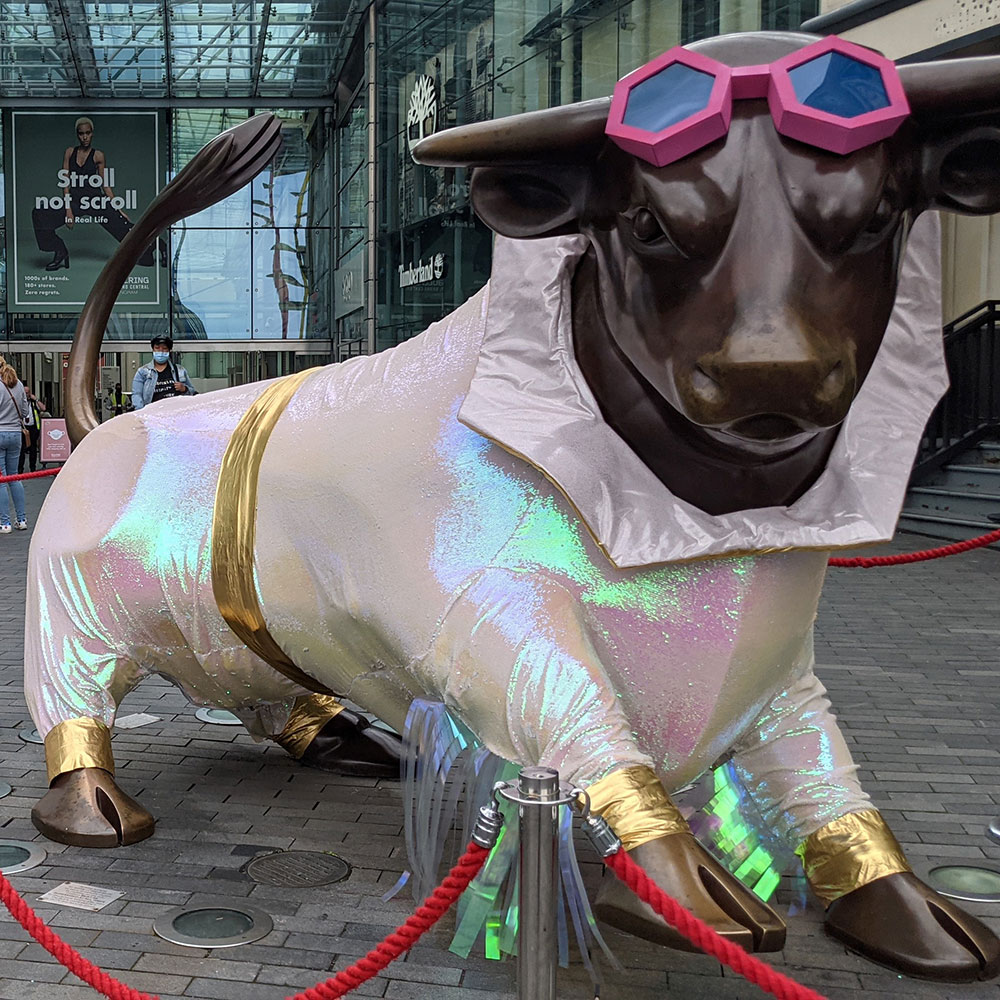


.jpg)






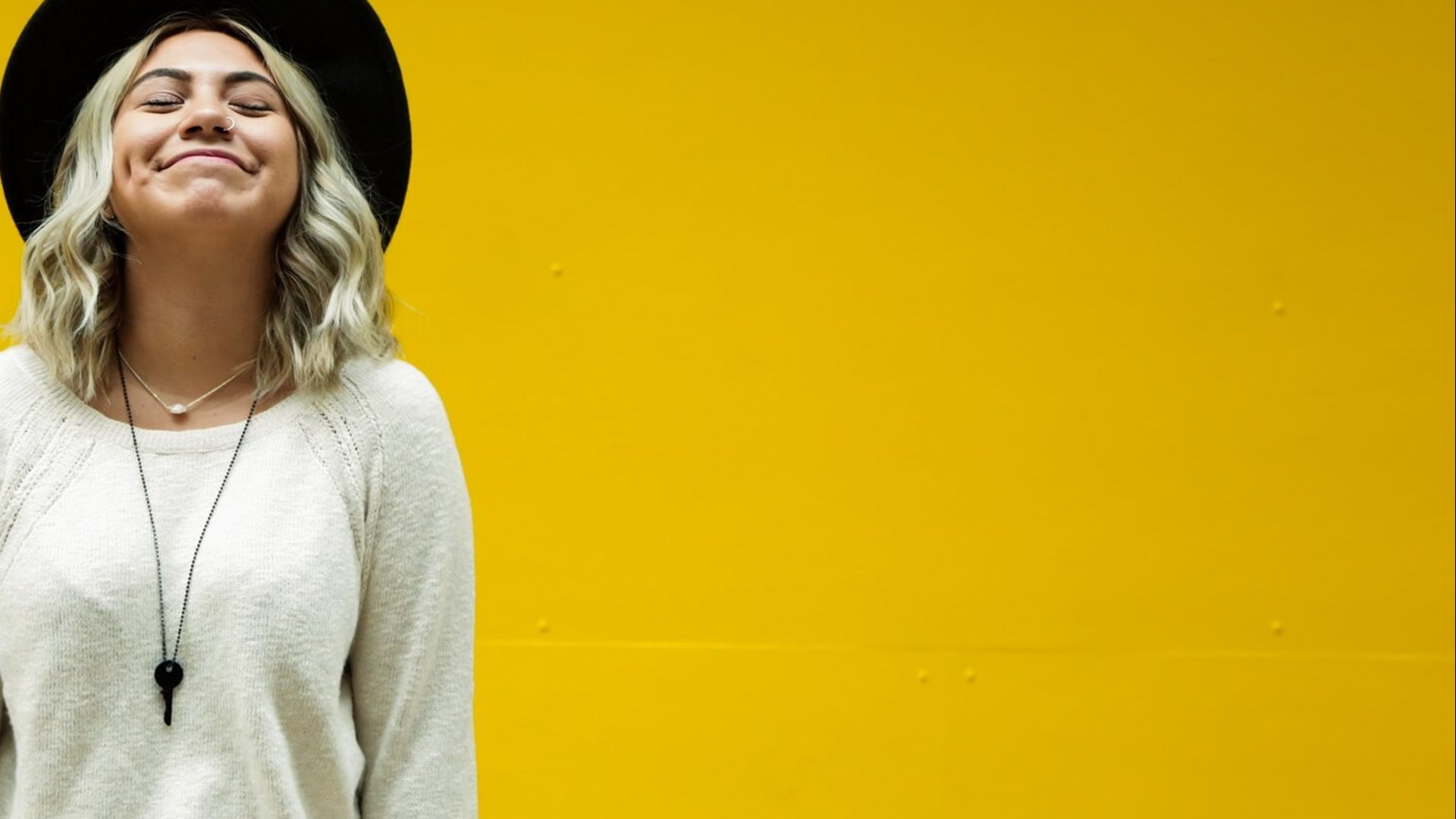
.jpeg)
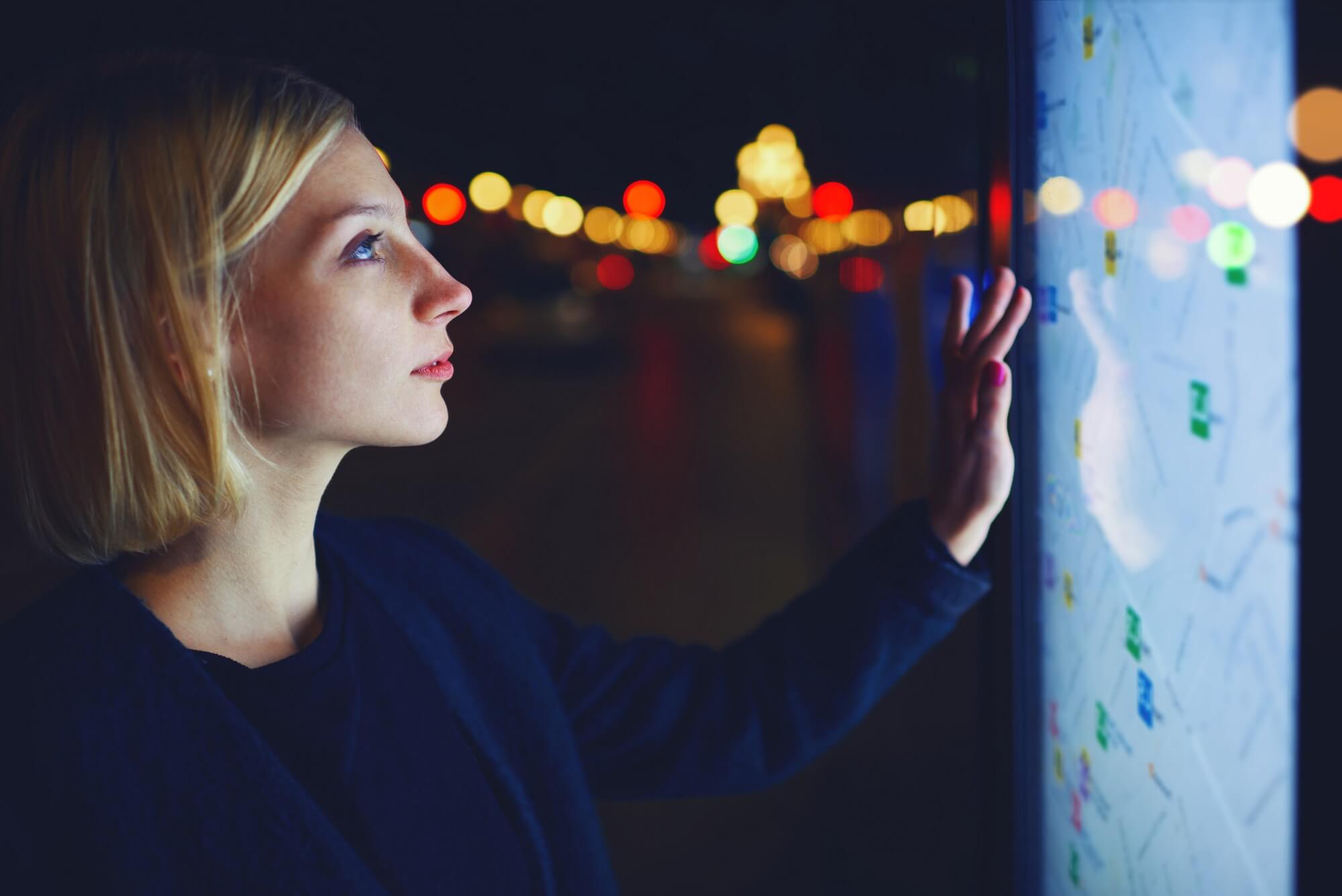

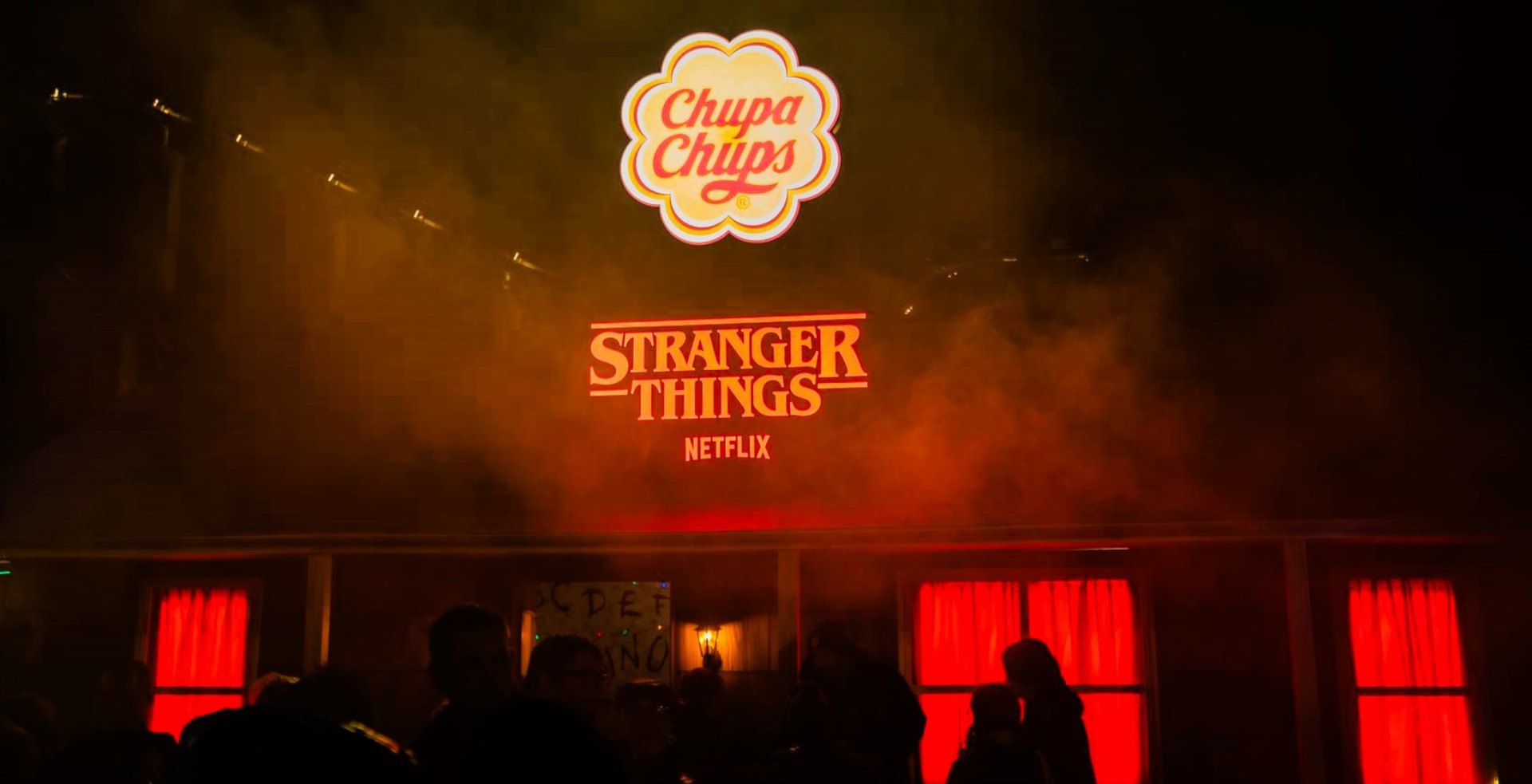
.png)


















